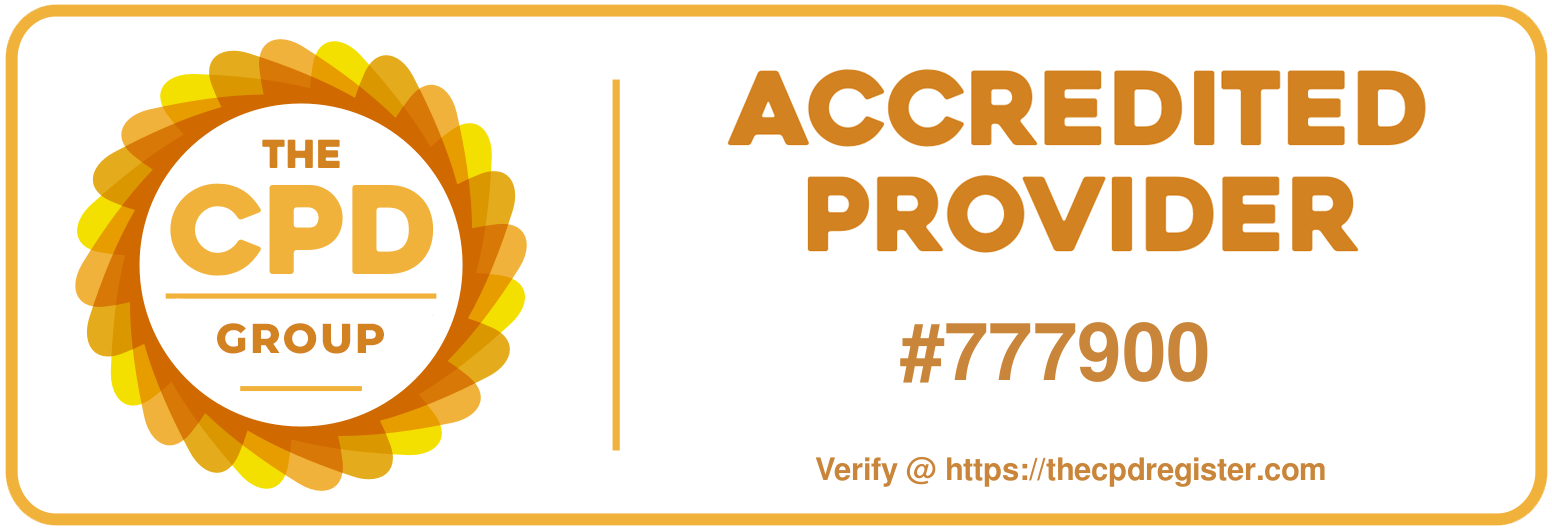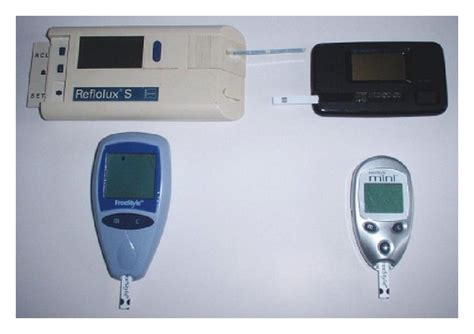THE MEDICAL DEVICES APPROVAL PROCESS
 Medical devices are non-metabolic and non-pharmacological devices that are used to diagnose, treat, manage or monitor an injury or disease. Medical devices can be a material, instrument, apparatus, implant, in-vitro reagent, machine, or software.
Medical devices are non-metabolic and non-pharmacological devices that are used to diagnose, treat, manage or monitor an injury or disease. Medical devices can be a material, instrument, apparatus, implant, in-vitro reagent, machine, or software.
Depending on their contact with human biologic fluids, they range from low to high-risk devices, e.g., from tongue depressors, to pacemakers.
In USA and Canada, medical devices are classified into 3 or 4 classes and must satisfy the FDA and Health Canada standards respectively; They are categorized as significant and non-significant risk devices before approval of studies by the ethics boards.
Medical devices include Prosthetic, Surgical, Orthopedic, Electromedical equipment, Health-related consumables such as gloves, Diagnostic kits, Monoclonal antibody reagents, and some laboratory equipment, used for In-vitro diagnostics.
Approval of Medical Devices in Uganda
In Uganda, the Institutional Biosafety Committee (IBC) was established by organizations that undertake research on potentially hazardous substances of physical, chemical, biological, or any other nature. The IBC is certified by the Uganda National Council of Science and Technology (UNCST) of Uganda and reports to the regulatory ethics committees and UNCST.
Approval of Medical Devices in Canada
Health Canada is responsible for regulating the use and safety of consumer goods, such as foods, medications, biologics, medical devices, and natural products. The guiding rules for medical devices are covered by the Canadian Medical Devices Regulations (CMDR) from the Canadian Food & Drug Act (F&DA).
In Canada, the Medical Device Bureau (MDB) is responsible for medical devices approval and issuance of a Medical Device License (MDL). Medical devices in Canada are split into 4 classes, namely; I, II, III, and IV. A premarket review application is required to be filed for getting approval of class III & IV medical devices.
Health Canada requires that any business that manufactures, sells, and distributes or imports any class of medical device must have a Medical Device Establishment License (MDEL) and a Quality Systems Certificate (QSC) for the design and manufacture of medical devices, as defined by ISO 13485; this proves that all quality regulations have been met and that they will be followed at all times, including Good Manufacturing Practice (GMP) standards.
The QSC is issued by the auditing organizations that are approved by Health Canada. The audit firms are also known as the Medical Device Single Audit Program (MDSAP), whose responsibilities are to manage the efficiency, effectiveness, and sustainability of audits in overseeing medical devices.
The MDSAP is recognized in countries such as the USA, Canada, Japan, Australia, and Brazil. It was developed by the International Medical Device Regulators Forum in 2012 to act as a standardized international system for certification and regulation by the bodies overseeing the auditing and monitoring of medical devices’ Quality Management Systems in the signatory nations. An audit from one country is acceptable in the other signatory countries.
The Canadian Medical Devices Conformity Assessment Systems (MDCAS) are auditing organizations of recognized registrars, approved by Health Canada. They are intended to audit device manufacturers for the safety and efficacy of their products. And all businesses involved in manufacturing, distributing, handling of medical devices must be registered by the medical device establishment license (MDEL).
Classes II, III, and IV medical devices are listed in the Medical Device Active License Listing (MDALL) database. The Canadian medical device regulations are detailed in the Canadian Justice Laws.
An approved Investigational Device Exemption (IDE) Application permits a device to be shipped lawfully for the purpose of conducting clinical investigations. There, the procedures for the conduct of clinical studies with medical devices including application, responsibilities of sponsors and investigators are defined in 21 CFR 812
Approval of Medical Devices in USA
According to 21 CFR 812.7, sponsors and their representatives cannot test, promote or market an investigational device, until after FDA has approved it for commercial distribution. The sponsor has the responsibility of evaluating the medical device safety before submission of the study protocol to the IRBs.
The Sponsor and the IRB may ask a Pre-Study Meeting to seek guidance from FDA on how to comply with the US standards. It should be followed an Investigational Device Exemption (IDE) application. This is the device equivalent to the Investigational New Drug Application (IND) for starting a clinical trial for drugs in the US, and resp. Clinical Trial Application (CTA) for initiating drugs trials approved in Canada.
Medical devices in the USA are manufactured and sold under the Medical Device License (MDL) and are subject to Post-market surveillance process, which defines how therapeutic incidents and adverse effects caused by medical devices are reported. The Center for Devices and Radiological Health (CDRH) is responsible for overseeing medical device regulation in the USA.
Medical devices regardless of the class must be built under a Quality Assurance Program (QAP) as defined by FDA. The Quality Assurance (QA) verification covers medical device branding, labeling, appropriate intended use, is the device manufactured under an Establishment License, and does it have a device listing filed with FDA.
Devices of class III, which have components or functions that are not substantially equivalent to any already approved predicate medical device need a Premarket Approval (PMA) application to test their safety and efficacy. For Low- to moderate-risk medical devices and those that have substantial equivalence with already-approved devices, a Premarket Notification 510(k) (PMN) should be submitted under the requirements of Section 520(1).
It should also be noted that there are biosimilars medical products that present characteristics identical in structure and function to the predicate medical device. There is also an Investigational device exemption (IDE) approval step that permits a medical device to be used in clinical studies to collect safety and efficacy data, necessary to support a Premarket approval application and/or notification 510 (k) which is submitted to FDA.
The norm ISO 13485 of the International Organization for Standardization (ISO), which overlaps and extends the older norm ISO 9001, specifies the use of Quality Management System (QMS), hence the standards and requirements of the QMS include the design, structure, manufacture, provision, or support of a medical device in any of the stages of its life cycle.
The ISO sections that illustrate the life cycle of medical devices are also known as clauses: These include:
Clause 4 Quality Management System that describes the Quality Manual – Medical Device File and how records are controlled.
Clause 5 Management Responsibility, establishes a quality policy, objectives, authorities, and management representation, review and report.
Clause 6 defines Resource Management, and
Clause 7 defines Product Realization.
Clause 8 treats measurement, analysis, and improvement, hence monitoring, review, risks management, and appropriately reporting the non-conforming products, considers Corrective And Preventative Actions (CAPA) measures, and ensures the medical device safety and performance are appropriate. Sponsors are subject to stringent regulations by the Institutional Biosafety Committee (IBC).
Approval of Medical Devices in Europe
In Europe, each country uses two parallel regulatory systems: on the specific medical device regulations of its Ministry of Health, and on the Europe-wide Medical Device Regulations (MDR). Europe applies 22 classification rules, which consider the medical device function, risk level, and class, intended to be assigned.
Keynotes
In conclusion, the aim of testing medical devices is to verify and acknowledge that the devices meet the industry safety standards before marketing.
All medical devices should be registered and verified or tested before they are permitted to be used on the market; an investigational testing authorization is necessary to allow their shipment and import, and the medical device should be clearly labeled as ‘For Investigational Use Only’.
Even if the concept is similar to the drug approval process, the terminology is rather different, and the process is different for devices, which present a substantial equivalence with already approved and known as safe “predicate devices”, that require only registration under a 510(k) Premarket Notification (PMN), or which components are not substantially equivalent to already-approved devices, where their safety must be verified under a Pre-Market Approval process (PMA)
The Medical Device and In-vitro diagnostic regulations are introduced to all manufacturers to ensure that their devices meet the current regulations. Device manufacturers must comply with the Quality System Regulation (QSR) / Good Manufacturing Practice (GMP) – 21 CFR 820 guidance and explain in detail the production processes, standard operating procedures, and documentation of all processes.
The major goal of the establishment of Medical Device Regulations (MDR) is to:
-
Maintain ethical standards right from medical research to premarket and post-market approval
-
Protect human participants from exploitative measures and harm
-
Protect the researchers / innovators of the medical devices from legal actions
-
Provide assurance to society of the safety and efficacy of the medical device based on the available literature in regard to the protection of the rights and welfare of human beings
-
Ensure adherence of protocols to the code for the ethical conduct of research on humans that are approved by the regulatory ethics committees.
-
Conduct continuous review on the study conduct or the usage of the medical devices
-
Monitor and follow up on the performance of the medical device
-
Procure Pre-Market approval and Postmarket reports to analyze side effects.
-
Set risk analysis and risk mitigation plans and Corrective/Prevention Actions (CAPA) measures
 Medical devices are non-metabolic and non-pharmacological devices that are used to diagnose, treat, manage or monitor an injury or disease. Medical devices can be a material, instrument, apparatus, implant, in-vitro reagent, machine, or software.
Medical devices are non-metabolic and non-pharmacological devices that are used to diagnose, treat, manage or monitor an injury or disease. Medical devices can be a material, instrument, apparatus, implant, in-vitro reagent, machine, or software.

